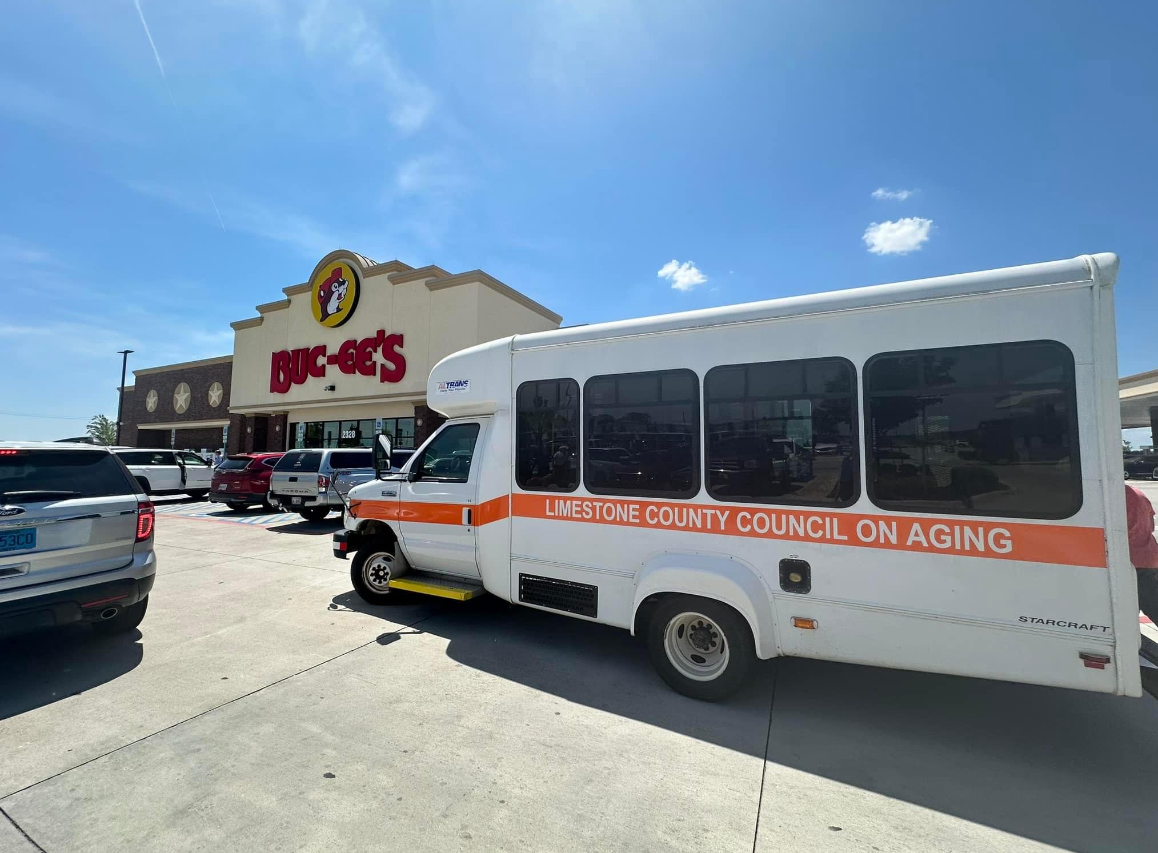OTHER VIEWS: A small step in battle against opioid epidemic
Published 8:00 am Saturday, November 17, 2018
Blue Cross Blue Shield of Alabama insures close to 3 million people, roughly two-thirds of them in the state where it’s located.
So the company’s announcement that effective Jan. 1, it no longer will cover standard formulations of the opioid painkiller OxyContin drew some attention.
One side probably saw it as an unfortunate but necessary new front in the war against opioid abuse, which has ensnared and killed thousands of Americans.
Another side probably saw it as a heartless move by a bean-counting insurer that will cause more suffering for people in chronic pain who legitimately need something to help them function in daily life.
Let’s dive into the middle, where the truth normally can be found.
First, Blue Cross isn’t completely dropping coverage for OxyContin (or oxycodone, its generic equivalent). It still will cover Xtampza ER, a new formulation of OxyContin that is much more difficult to abuse.
Basic OxyContin, an extended release drug, was reformulated eight years ago with that goal in mind, but users still can crush or liquefy it to facilitate snorting or injecting it. They can’t do that with Xtampza ER, however, or with Roxybond, a non-extended-release variety of OxyContin that Blue Cross also will cover. We don’t think requiring those formulations is an unfair hoop for patients to negotiate.
Blue Cross attempting to crack down on painkillers also didn’t just materialize out of a swamp. Its Florida division instituted a similar ban last year, as did its Tennessee division in September.
Earlier this year in Alabama, it set a one-week limit on initial fills of the painkillers Lortab, Vicodin and Percocet, and started requiring extra authorization for initial prescriptions of OxyContin and other long-acting drugs.
The company has launched other nationwide initiatives to curb opioid addiction while ensuring that chronic pain patients still receive adequate medication and care.
People can ascribe financial motives to those decisions — drugmakers who are just as focused on the bottom line and fear declining profits certainly are singing that tune. We’ll give Blue Cross the benefit of the doubt that it’s not good P.R. — certainly not good for business — to be associated with addiction and death.
Besides, we’re sympathetic to the notion of fewer opioid prescriptions being written, especially in this state and area, even if it helps Blue Cross’ bottom line.
Alabama, as we’ve noted more than once, leads the nation in the per capita rate of painkiller prescriptions. In May, AL.com reported that the Fourth Congressional District — which includes Etowah County — has the highest rate of opioid prescriptions of any congressional district in the U.S.
The number, based on 2016 data, is 166 prescriptions per 100 people. That’s 1.66 prescriptions for every man, woman and child in the district. We don’t presume to tell physicians how to do their jobs, and we’re sympathetic to the real-world needs of chronic pain sufferers, but to us that is absurd. According to the Centers for Disease Control and Prevention, 40 percent of the opioid overdose deaths — an average of 46 a day — are from prescribed medications.
We’re under no illusions that this will be a magic fix to the opioid epidemic. We’re aware that it likely will increase business for pushers. We’re aware that any real progress will take physicians, patients, law enforcement and the legal and mental health systems working together (and changing a few hearts and mind-sets).
However, sometimes doing nothing isn’t the best thing. We think that’s the case here with Blue Cross.
— The Gadsden Times





